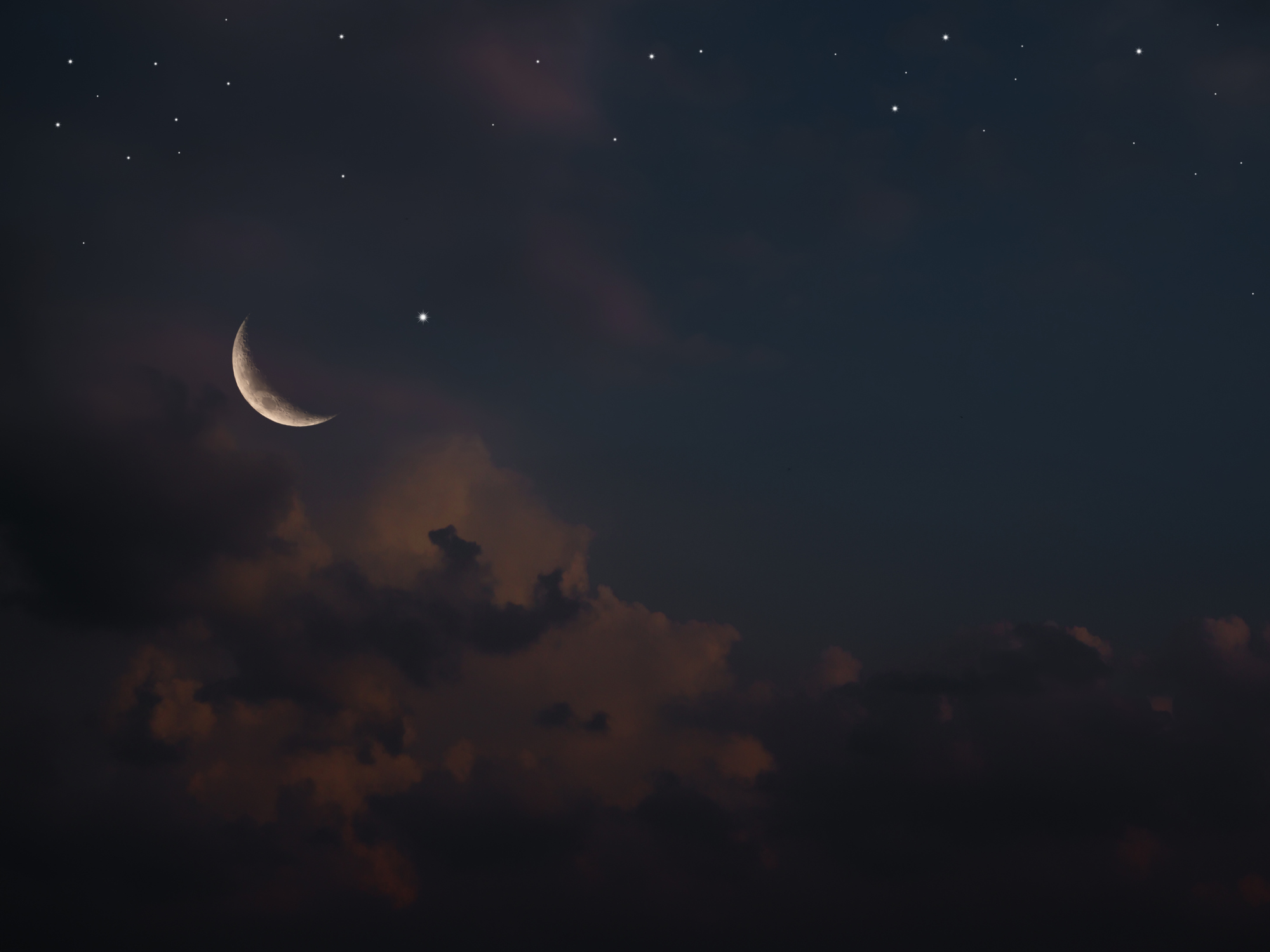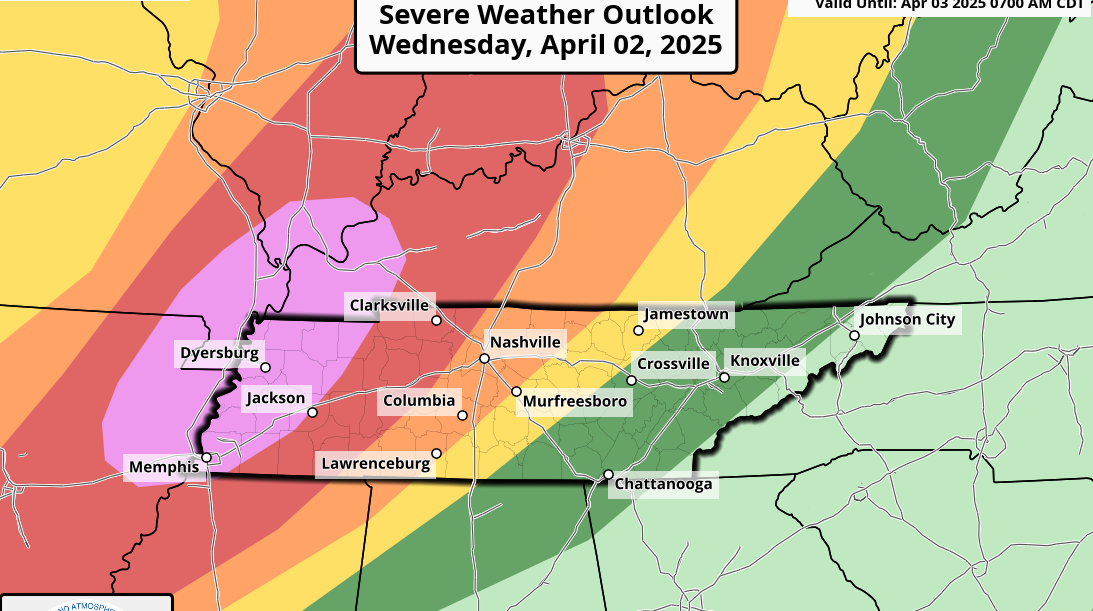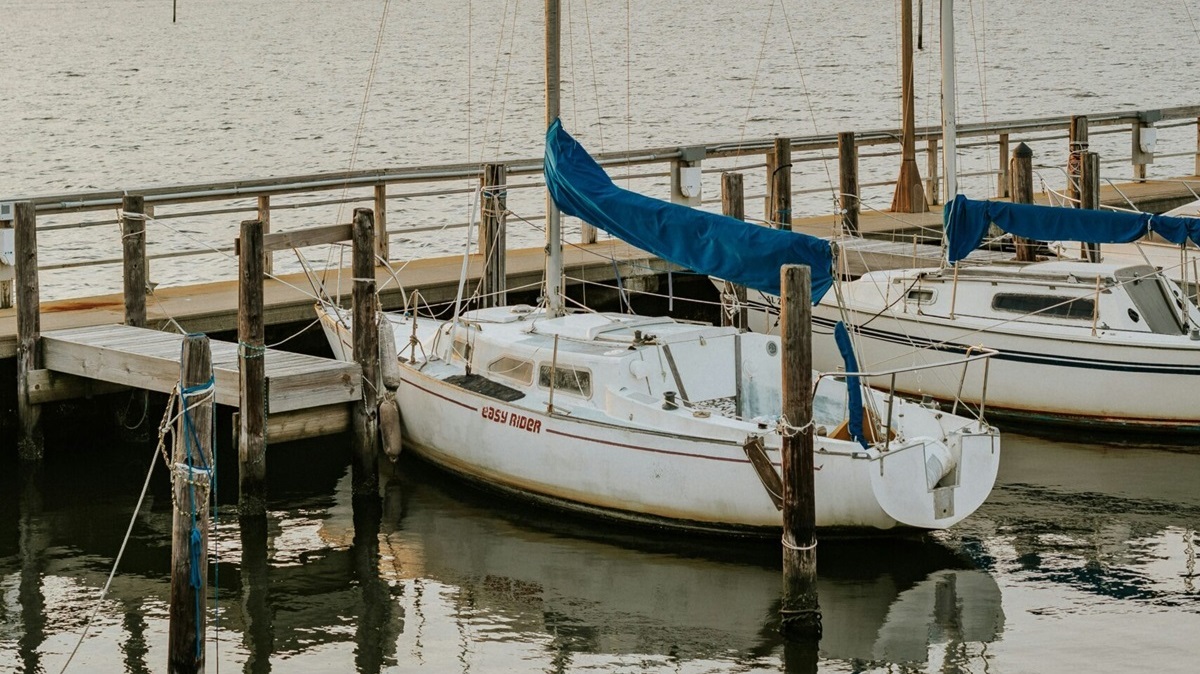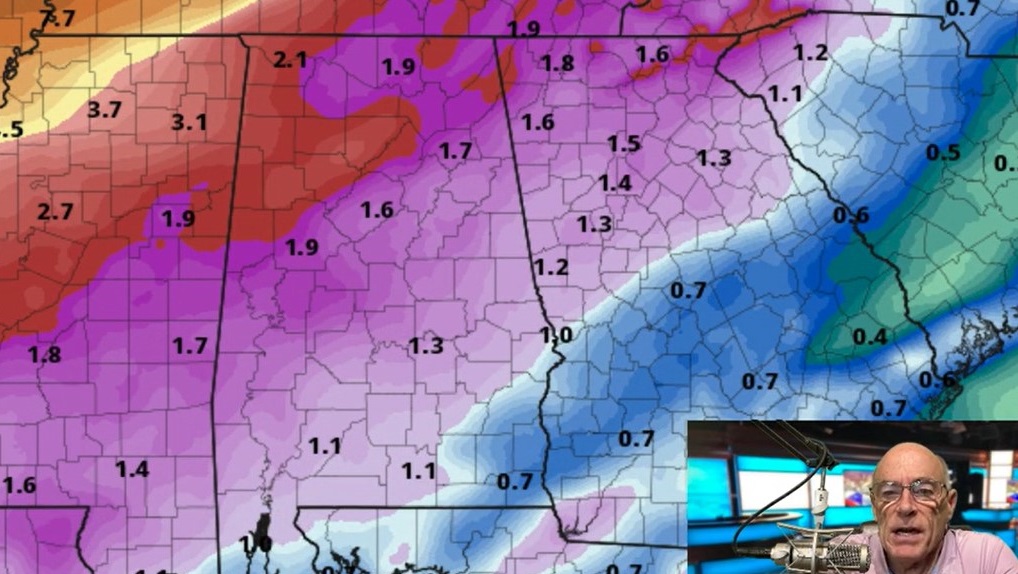Joan McKinney preserves World War II history at an Anniston cemetery
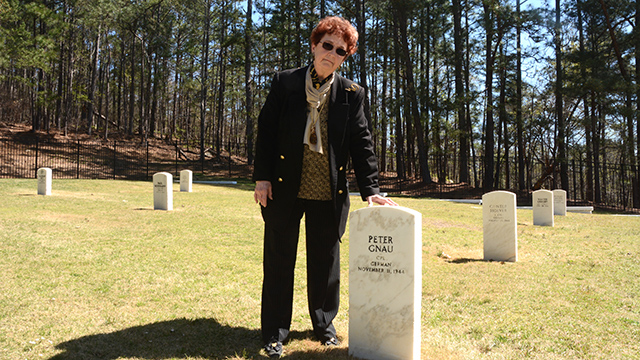
Joan McKinney stands at the grave of Peter Gnau, a German Navy lance corporal and prisoner of war during World War II. (Karim Shamshi-Basha/Alabama NewsCenter)
German and Italian prisoners of war from the North African campaign lie in 28 graves.
 You don’t expect a cemetery near Anniston, Alabama, to be home to German and Italian prisoners of war from World War II. Not too far from Fort McClellan, light sprinkled through massive pine trees covering 28 graves – of German and Italian POWs. As I read a few headstones, I couldn’t help but think that these young men, even though they fought for the enemy, were brave.
You don’t expect a cemetery near Anniston, Alabama, to be home to German and Italian prisoners of war from World War II. Not too far from Fort McClellan, light sprinkled through massive pine trees covering 28 graves – of German and Italian POWs. As I read a few headstones, I couldn’t help but think that these young men, even though they fought for the enemy, were brave.
“The occupants are German and Italian prisoners of war who were in the United States during the period 1943 to 1946,” said Joan McKinney, historian and Fort McClellan’s former community outreach coordinator. “They were captured during the North African campaign, (German Field Marshal Erwin) Rommel‘s men so to speak. The U.S. Army had 100,000 POWs in Tunisia and moved them all to the southern United States. We had POW camps all throughout the South.”
McKinney worked at the fort as protocol director at first for the officers and was in charge of all the social activities in the command group. In a way, she is still in touch with her past through the cemetery. She has kept up with a few descendants of the soldiers.
Walking me among the graves and telling me their stories, she stopped at one and touched the marble headstone, then placed a small rock on it.
“The grave I’m standing over now is Peter Gnau, a German Navy lance corporal. The grandchildren now come and visit and I have developed personal relationships with their family,” McKinney said.
When visitors enter the cemetery, they are greeted by modest and humble surroundings, and only 28 graves. But those few graves tell stories of young men whose lives were cut short by something bigger than them. This cemetery is a slice of life from a time when the world fought back against darkness and strived for freedom. McKinney feels her small part is an important piece of the big picture.
[vimeo 163734458 w=890 h=501]
“When I first came, I didn’t even know there were German and Italian POWs in the United States,” said McKinney. “It was such a curious thing, but it’s now a personal interest. I have a file on each person in this cemetery. Some are just a couple of pages, others are quite detailed. I have a photo of one man’s wedding here, and that in itself is quite a story.”
“Fort McClellan was a major POW camp. We had 3,500. The first one buried here died in a motor vehicle accident at the camp.”
Every third Sunday in November, the military honors those German and Italian soldiers. Many dignitaries and city officials attend.
Joan McKinney always remains behind to straighten the flowers after everyone leaves.
Alabama Bright Lights captures the stories, through words, pictures and video, of some of our state’s brightest lights who are working to make Alabama an even better place to live, work and play. Award-winning photojournalist Karim Shamsi-Basha tells their inspiring stories. Email him comments, as well as suggestions on people to profile, at karimshamsibasha@gmail.com.



